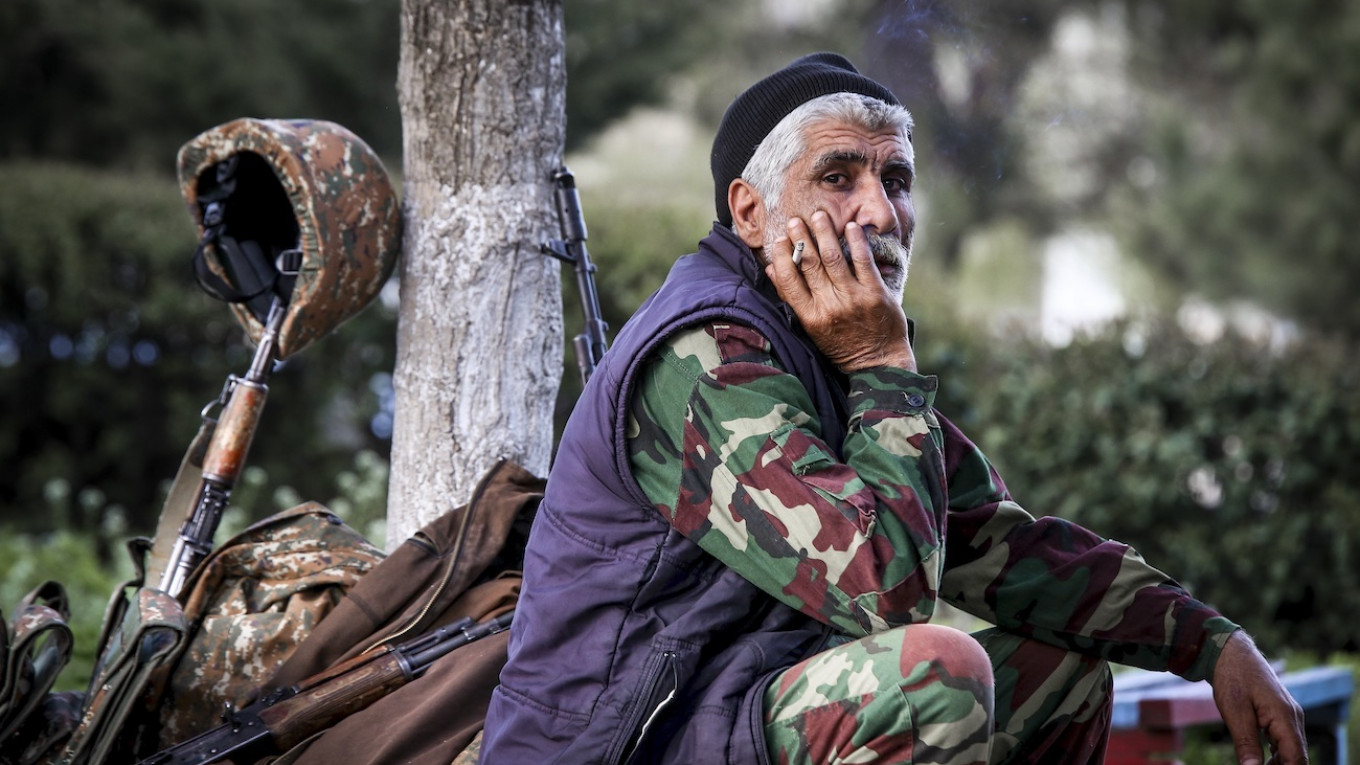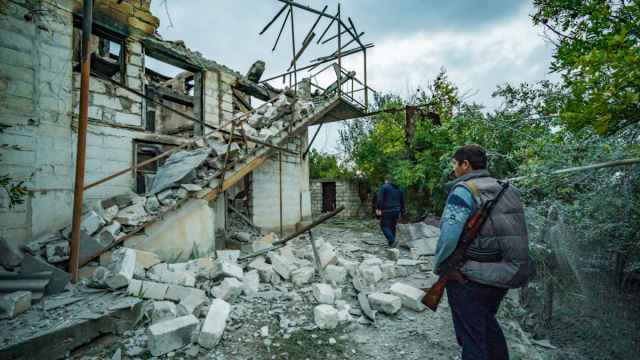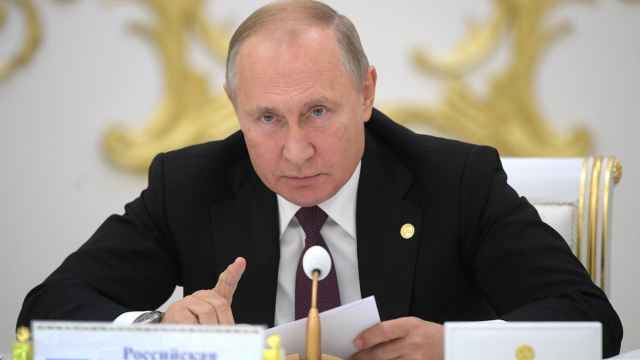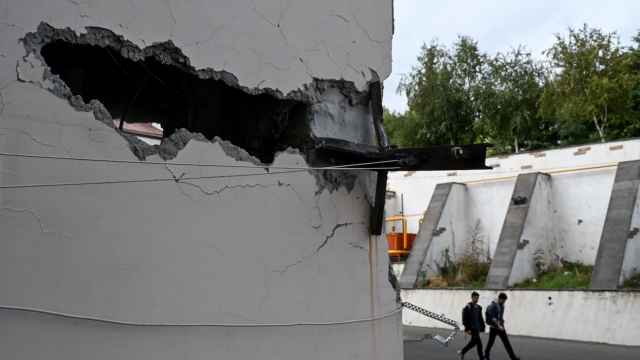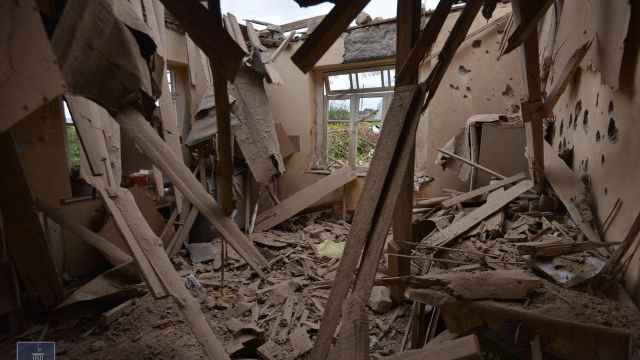At least 39 troops and civilians have been killed over the past two days in the worst clashes between foes Armenia and Azerbaijan since 2016.
Fighting between the ex-Soviet republics over a decades-long territorial dispute threatens to embroil regional players Russia and Turkey. The United States, Europe, Russian President Vladimir Putin and the UN secretary general have all called for an end to hostilities.
Here’s a brief explainer on the Nagorno-Karabakh flare-up — and Russia’s role in the conflict:
— Why are they fighting?
Armenia and Azerbaijan have clashed over Nagorno-Karabakh since 1988, when the mountainous region of fewer than 150,000 people declared independence from Azerbaijan.
An ensuing war killed 30,000 and displaced hundreds of thousands before ending in a ceasefire in 1994. Violent outbreaks between Armenian and Azeri forces have continued ever since.
The origins of the conflict date back to 1921, when Soviet authorities added the predominantly ethnic Armenian territory to Azerbaijan.
— Which side is Russia backing?
Russia, a major powerbroker in the region, maintains close economic ties with both Armenia and Azerbaijan and has adopted a cautious stance toward the recent flare-ups. However, Armenia is deeper within Moscow’s orbit as a member of Russia-led regional military and economic blocs CSTO and EEU, while Azerbaijan is not.
Russian support and military guarantees are critical to Armenia, whose defense budget is overshadowed by Azerbaijan's arms spending. Additionally, Armenia hosts a Russian military base near its second-largest city.
On the other side, Muslim-majority, Turkic-speaking Azerbaijan is openly backed by its influential ally Turkey. Ankara is at odds with Yerevan over the Armenian Genocide during World War I and has kept its border with Armenia closed since 1993.
Azerbaijan has also tried to pitch itself to European countries as an alternative energy supplier to Russia.
— What has Russia done in response to similar clashes in the past?
Russia brokered the initial ceasefire in May 1994 and put an end to the Four-Day War in April 2016, a conflict that killed at least 110 people.
Russia, France and the U.S. have mediated peace efforts as the "Minsk Group" but the last big push for a peace deal collapsed in 2010.
Russia has also supplied both Armenia and Azerbaijan with billions of U.S. dollars worth of weapons, including infantry fighting vehicles, missile launchers and ammunition.
AFP contributed reporting.
A Message from The Moscow Times:
Dear readers,
We are facing unprecedented challenges. Russia's Prosecutor General's Office has designated The Moscow Times as an "undesirable" organization, criminalizing our work and putting our staff at risk of prosecution. This follows our earlier unjust labeling as a "foreign agent."
These actions are direct attempts to silence independent journalism in Russia. The authorities claim our work "discredits the decisions of the Russian leadership." We see things differently: we strive to provide accurate, unbiased reporting on Russia.
We, the journalists of The Moscow Times, refuse to be silenced. But to continue our work, we need your help.
Your support, no matter how small, makes a world of difference. If you can, please support us monthly starting from just $2. It's quick to set up, and every contribution makes a significant impact.
By supporting The Moscow Times, you're defending open, independent journalism in the face of repression. Thank you for standing with us.
Remind me later.


